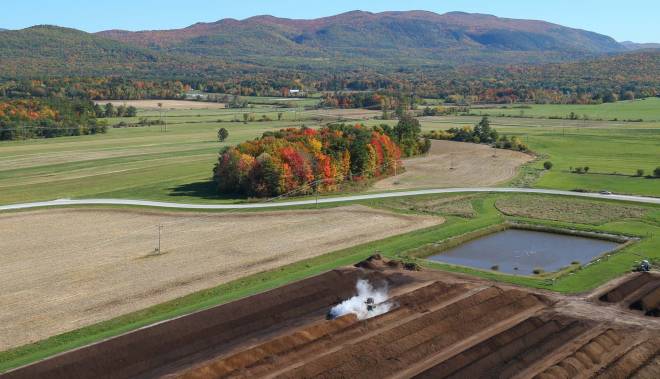We do MooDoo
I have wanted to fly a camera over the home of MooDoo for a while, and the Fosters were nice enough to let me take advantage of a north wind on Friday. The wind was barely adequate to lift the Canon EOS M so I maybe should have flown the lighter S100, but it was an easy place to fly so I went with the big camera.
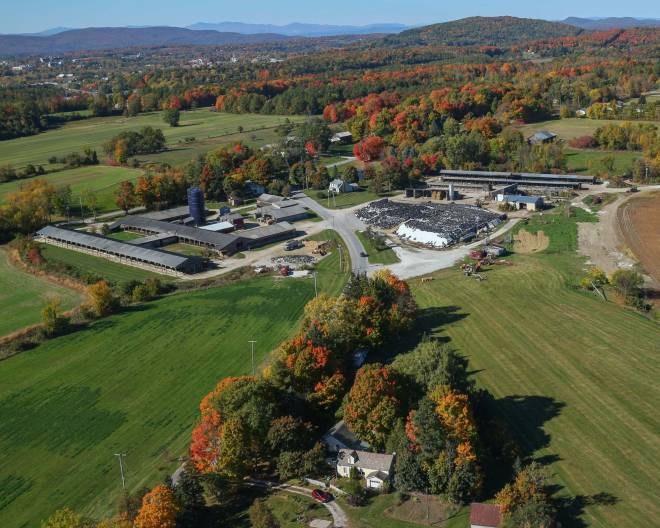 |
| The Foster Brothers dairy farm. The dairy herd has more than 600 cows and produces 8 million pounds of milk per year. |
In the late 1970s, the Fosters began producing methane from their cow manure and generating electricity with it. In the 1980s they began composting manure to produce a soil supplement. Today they sell several different types of MooDoo, all based on composted cow manure. The bagged product is sold throughout New England in hundreds of retail stores.
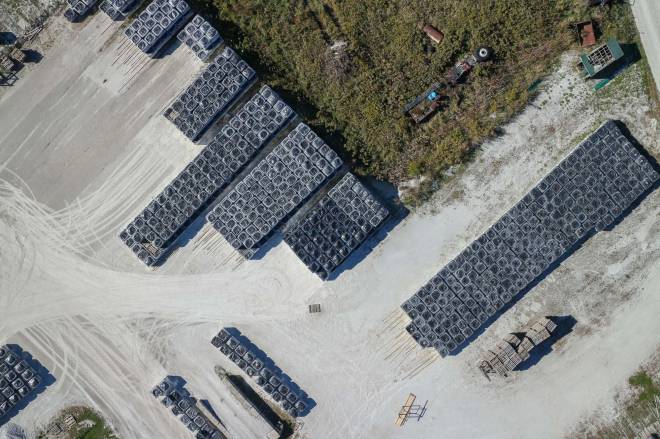 |
| Lots of shrink-wrapped pallets of bags of various MooDoo products are ready to distribute around New England. |
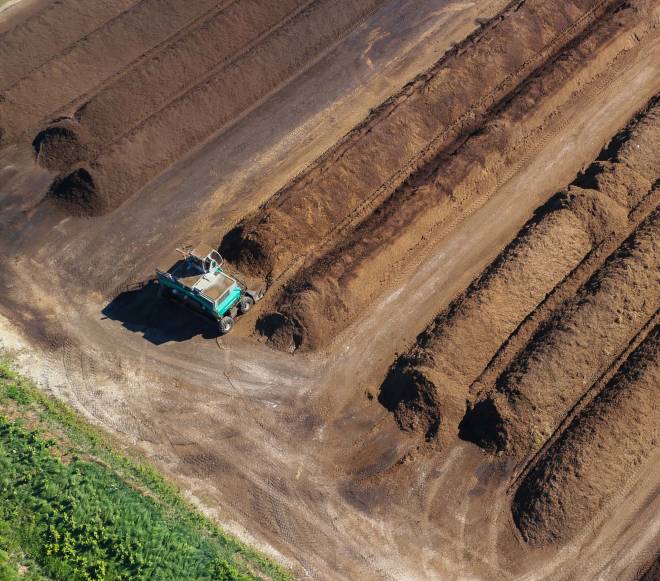 |
| The windrow turner straddles the compost as it drives down the row and mixes air into the hot material. |
The windrow turner was operating when my camera was in the air, so it captured the huge machine incorporating air into the long piles to maintain an aerobic decomposition process. Always the innovators, the Fosters are starting trials to capture the heat generated by the compost by laying pipes under the windrows. The heat could be used to dry the finished product or heat buildings in the cold season.
The nice 35mm prime lens on the Canon EOS M requires that the Saturn V Rig point it in thirty some different directions to capture the entire 360° view. That takes almost two minutes, and the variable wind was not keeping the kite in the same place for that long. No single cycle of the rig captured photos that stitched into a spherical panorama, but I combined a few extra photos in Photoshop and eked out a complete panorama.
The stereographic projection of the stitched spherical panorama is embedded below from gigapan.org in its full resolution (its a 300 megapixel image).
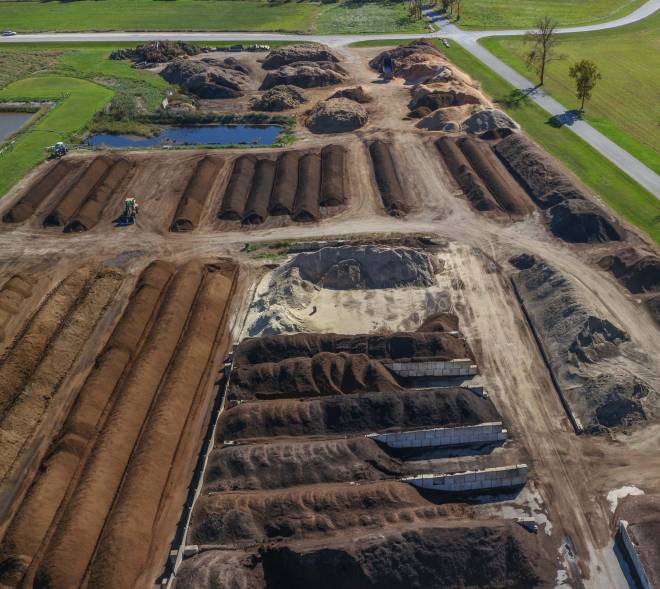 |
| Windrows of compost and piles of many types of raw material and finished product are arrayed in the yard. |
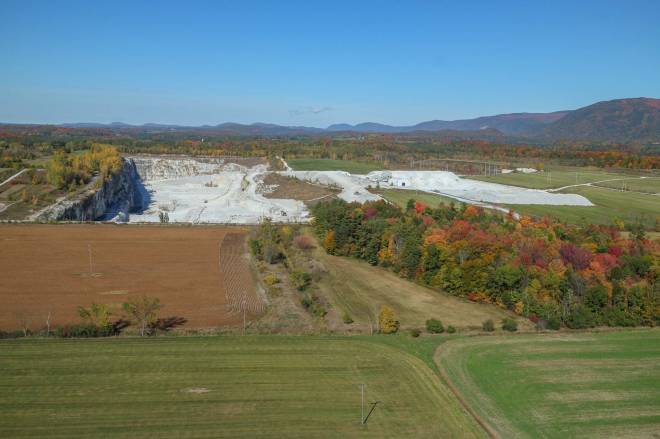 |
| To the north of Foster Brothers Farm is the marble quarry of OMYA. |
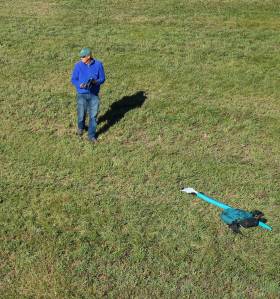 |
| That's me flying a kite in a sunny hayfield. |
Flight notes:
Camera:
- Model: Canon EOS M
- ISO: 200
- Shutter speed: 1/800 second (Tv)
- Focus: manual on infinity
- Focal length: 35mm (eq.) EF-M 22mm lens
- White balance: Sunny
- GPS: NA
Magic Lantern:
- Not used for anything
SkyShield:
- Version: 2.4 (3-switch DIP)
- Sketch: SkySweepEOS.04.ino
- Mode: 5 tilt angles with 10, 10, 9, 7, 3 pan positions (upper to lower)
- Shutter triggering: The SkyShield pulsed an IR LED in front of the remote sensor on the EOS M.
- Power: 6 eneloop AAA
- Customization: The nadir tilt angle was changed to 4 so the camera was pointed straight down.
Flight:
- Kite: FLED
- Wind: From N, 7 to 9 mph
- Altitude: About 400-600 feet of line was out.
- Duration: 35 minutes
- Photos taken: 731
Panorama stitching:
- Software: Microsoft ICE
- Preprocessing: Some of the photos were lightened in Photoshop before stitching.
- Stitching: 34 of the 38 photos stitched together.
- Post processing: The little planet projection required about two hours of attention to fix stitching errors and add parts of another stitch to fill some gaps.

